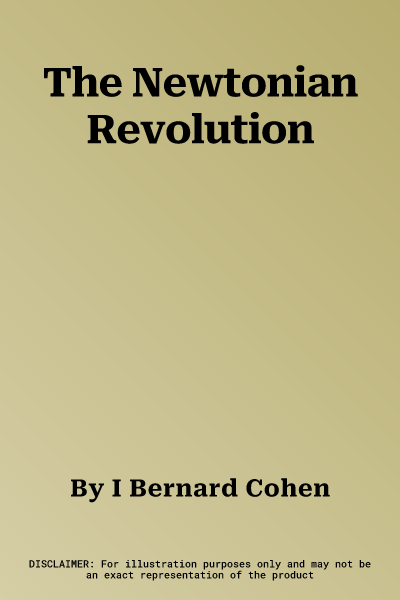This volume presents Professor Cohen's original interpretation of the
revolution that marked the beginnings of modern science and set
Newtonian science as the model for the highest level of achievement in
other branches of science. It shows that Newton developed a special kind
of relation between abstract mathematical constructs and the physical
systems that we observe in the world around us by means of experiment
and critical observation. The heart of the radical Newtonian style is
the construction on the mind of a mathematical system that has some
features in common with the physical world; this system s then modified
when the deductions and conclusions drawn from it are tested against the
physical universe. Using this system Newton was able to make his
revolutionary innovations in celestial mechanics and, ultimately, create
a new physics of central forces and the law of universal gravitation.
Building on his analysis of Newton's methodology, Professor Cohen
explores the fine structure of revolutionary change and scientific
creativity in general. This is done by developing the concept of
scientific change as a series of transformations of ecxisting ideas. It
is shown that such transformation is characteristic of many aspects of
the sciences and that the concept of scientific change by transformation
suggests a new way of examining the very nature of scientific
creativity.

